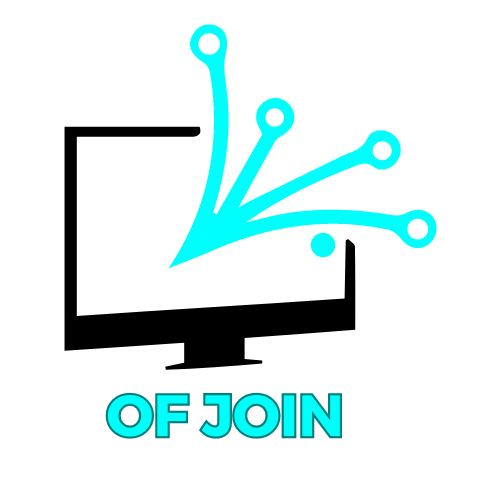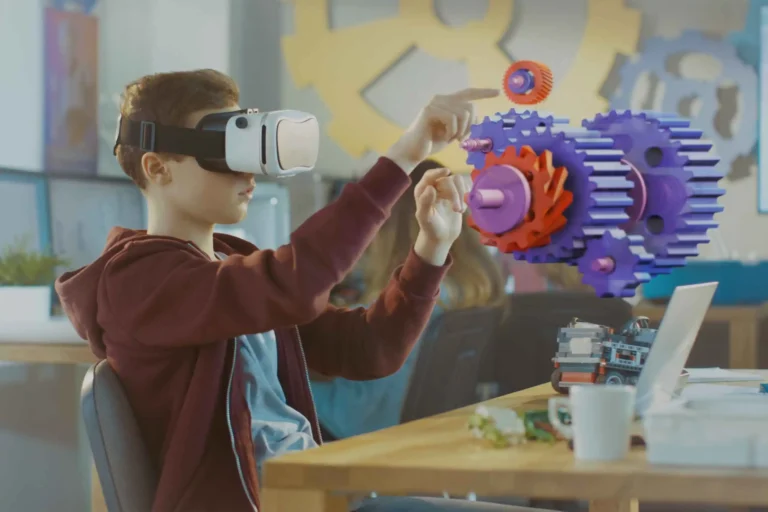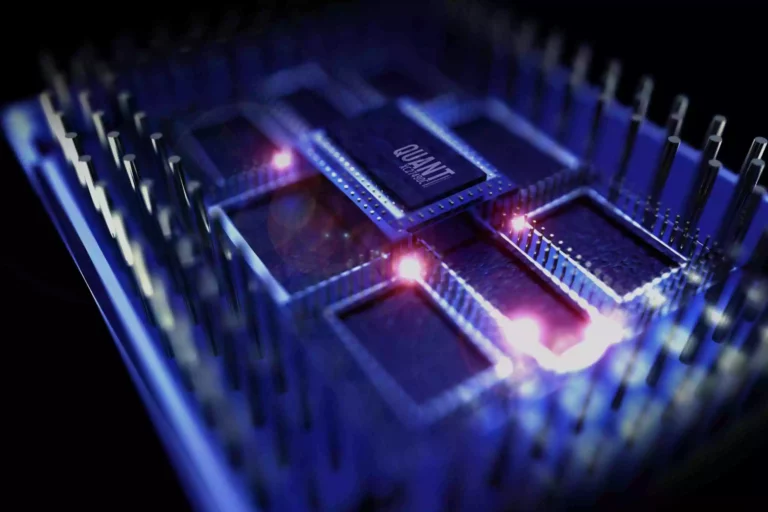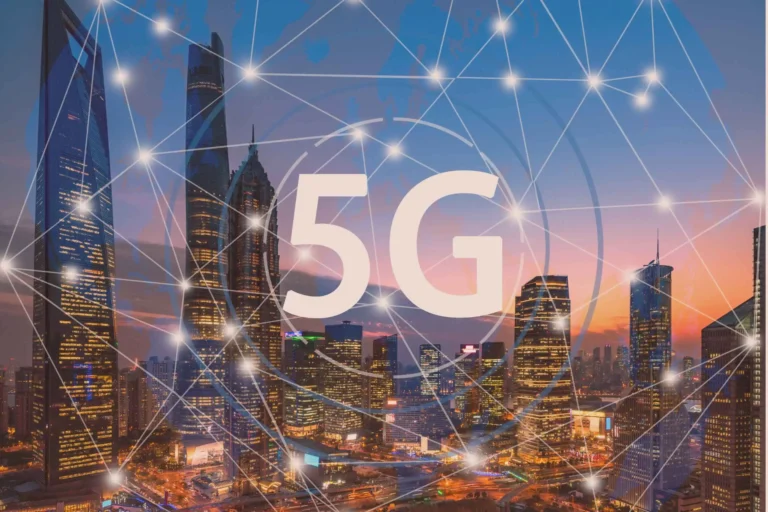From Code to Creativity: The Rise of Human-AI Collaboration
For decades, artificial intelligence was seen as a cold, mechanical force—something that could calculate, analyze, and automate, but not create. Fast forward to 2025, and that perception has changed dramatically. AI has stepped out of the server room and into the studio, the classroom, and the boardroom, partnering with humans in ways that blend logic with imagination.
This new era of human-AI collaboration is not about machines replacing creativity—it’s about amplifying it. By combining the precision of algorithms with the intuition of human thought, we’re unlocking ideas, designs, and solutions that neither could achieve alone.
Here’s how this partnership is reshaping industries, redefining creativity, and expanding what it means to be human in the age of intelligent machines.
1. The End of the “Man vs. Machine” Myth
For years, the narrative around artificial intelligence centered on competition—humans versus robots, jobs versus automation. But what’s unfolding today is far more collaborative. Instead of replacing human creativity, AI is becoming its most powerful ally.
Machine learning models can now generate text, images, and music at incredible speed, but they still rely on human input, emotion, and intent. Humans set the direction; AI accelerates the process. Together, they form a creative loop where humans provide context and meaning, while AI handles scale and precision.
This shift represents the end of the “man vs. machine” debate—and the beginning of a partnership that enhances human potential.
2. Creative Industries Are Leading the Way
Nowhere is this transformation more visible than in the arts and media. Writers are using AI to brainstorm plotlines and overcome creative blocks. Designers and illustrators feed prompts into generative AI tools to produce visual concepts that spark inspiration. Musicians are composing songs alongside algorithms that can mimic rhythm patterns, experiment with genres, and generate harmonies on demand.
AI doesn’t replace the artist—it amplifies their reach. A designer can explore a thousand variations of a logo in minutes. A filmmaker can use AI-driven editing software to cut footage or simulate special effects. These tools handle the heavy lifting, allowing creators to focus on storytelling, emotion, and originality.
As one creative director recently put it: “AI doesn’t take the soul out of art—it gives us new ways to express it.”
3. Business Innovation Through Collaboration
The rise of human-AI collaboration isn’t limited to creative arts. Businesses across industries are harnessing this synergy to drive innovation. Product teams use AI to analyze customer data, identify unmet needs, and even co-design new offerings. Marketing teams collaborate with AI to craft personalized campaigns and predict consumer trends in real time.
In startups, AI-powered tools are helping entrepreneurs develop ideas, write business plans, and even generate pitch decks. Meanwhile, corporate strategists rely on AI models to simulate outcomes, test new ideas, and refine decisions—all while human judgment ensures alignment with brand values and ethics.
This fusion of creativity and computation is producing smarter, faster, and more adaptable organizations.
4. Education and Skill Building in the AI Era
As AI becomes a creative partner, education is evolving to match. Schools and universities are teaching not just how to use AI tools, but how to think with them. Students are learning to prompt, curate, and refine AI-generated outputs—a skill now as valuable as traditional coding.
In design, marketing, and engineering courses, AI is becoming a digital collaborator that expands the classroom. A student studying architecture can use AI to model structures that balance efficiency and aesthetics. A film student can co-write scripts with an AI that understands genre tropes.
The result is a generation of creators who see AI not as a threat, but as a co-pilot in their learning and creative journeys.
5. The Human Element Remains Essential
Despite the incredible capabilities of AI, the human element remains irreplaceable. Machines can process data, but they lack empathy, intuition, and purpose—the emotional intelligence that drives meaningful creativity.
What makes human-AI collaboration so powerful is the balance between the two. AI can generate thousands of options, but only humans can determine which ones resonate, inspire, or move people. Creativity, after all, isn’t just about producing—it’s about connecting.
The best collaborations occur when humans provide the “why” and AI provides the “how.”
6. The Future: Co-Creation as the New Normal
As we move deeper into the 2020s, co-creation between humans and machines will become a standard part of work, learning, and innovation. Entire industries will be built on the premise of collaborative intelligence—where human imagination and machine precision evolve together.
Rather than asking, “Will AI take my job?” the more relevant question will be, “How can AI help me do it better?”
The rise of human-AI collaboration marks a profound cultural shift. We’re no longer programming machines to think like us—we’re learning to think alongside them. In this new creative frontier, technology is not replacing humanity; it’s revealing new dimensions of it.
As lines between code and creativity continue to blur, one truth stands clear: the future of innovation belongs not to humans or machines alone, but to the powerful partnership between them.







